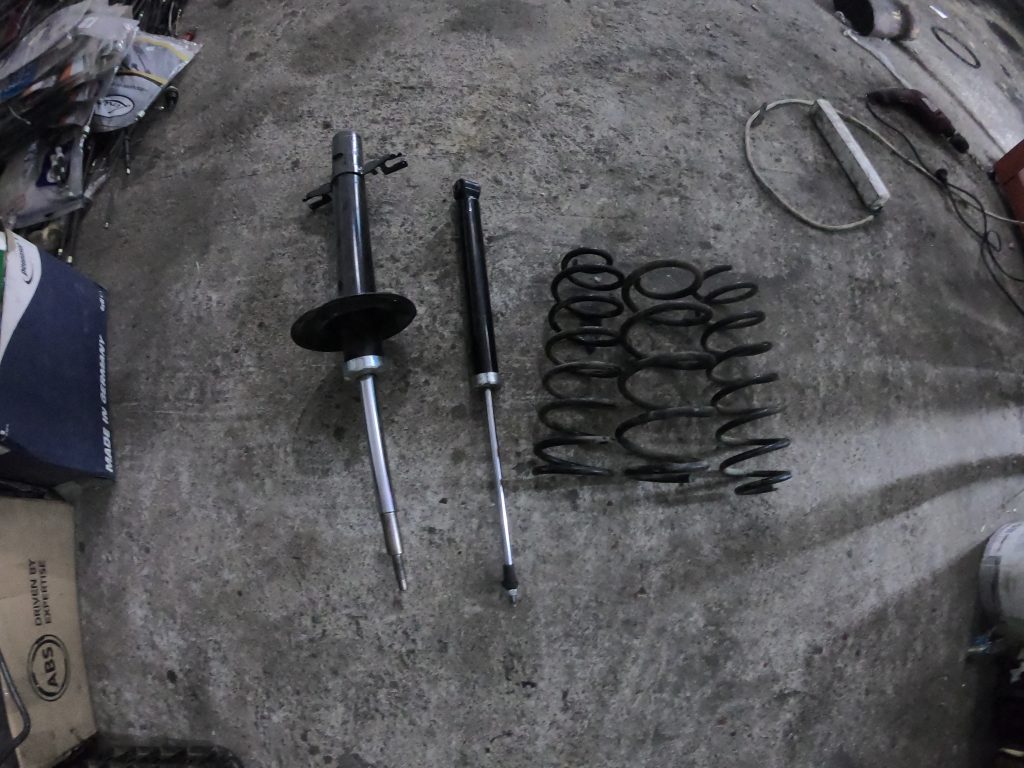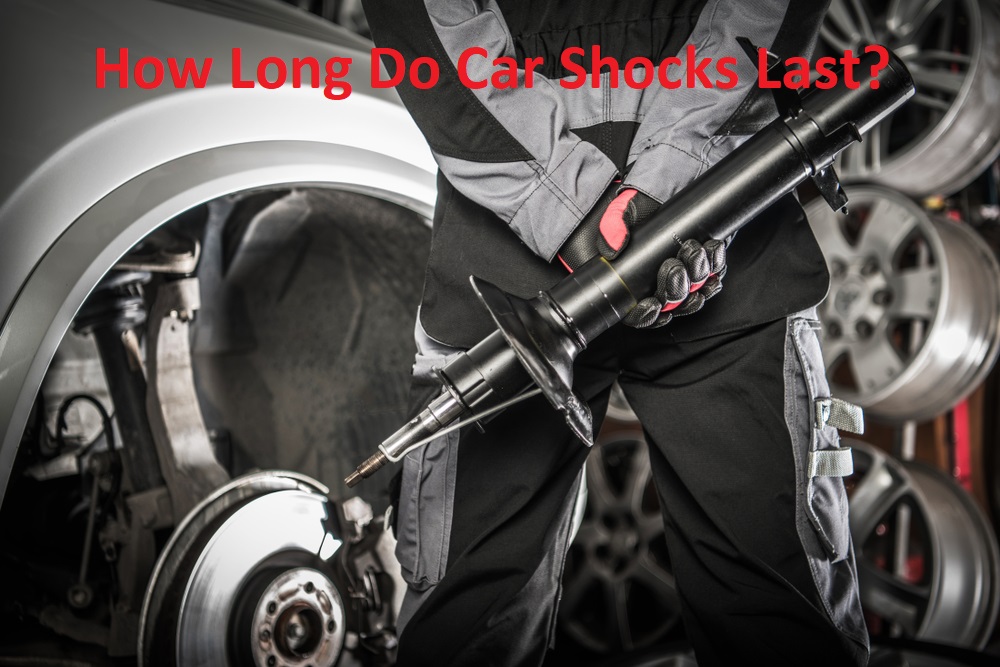It’s frustrating when your car doesn’t want to start. There are many reasons why this might happen including a dead battery, poorly functioning starter, mechanical issues with the engine, and more. In order to avoid this problem in the future, it’s important that you educate yourself on all of these issues so that you can take immediate action before more damage occurs.
The Most Common Reasons Why Your Car Won’t Start
1. Dead Battery
If your car battery is dead, it means that the car isn’t getting any power. Without a car battery, your car won’t start and run. This problem may be caused by an issue with the car’s alternator or fuses which will then need to be checked by a mechanic.
If you’re experiencing this problem, you should try to jump-start your car with another vehicle. Once it’s started, run the car for about 20 minutes in order to give the battery enough charge to start up again. If you can’t get your car running after this then it’s probably time to get a new car battery.
2. Faulty Starter
If your car won’t start due to a starter issue, you’ll need to check the car’s starter assembly. The engine is controlled by an ignition switch, which sends power from the battery via a wire harness to the car starter.
If this wire harness or the starter has failed, your car won’t start even if everything else is working properly. You should be able to hear the car starter grinding if it’s broken. If this is the case, then a mechanic should be able to replace the starter and wire harness quickly and cheaply before you’re back out on the road.
3. Fuel Problems
If your car won’t turn over, it could be because it isn’t getting any fuel. The car should turn over if it’s getting fuel and sparks. If your engine is starving for gas, then you may have a bad fuel pump or fuel injectors.
This can cause problems with turning over unless you’re able to get fresh gasoline into the gas tank. You can also purchase fuel injectors and fuel pumps if your car needs these parts replaced.
4. Problems with Wiring and Fuses
If the car’s car battery, starter, or alternator are working properly but the car still won’t start, you may have a problem with the electrical system. It’s important to check all of the fuses first to make sure they haven’t blown out. If your car has blown out fuses, then you’ll need to replace them before your car will be able to start up again.
5. Broken or Cracked Distributor Cap
If your car won’t start up, you may need to replace the distributor cap. This car part is located on top of the engine and it helps deliver power from the battery to the spark plugs which in turn ignite the fuel. If this component fails, the cylinders in the engine will be prevented from receiving fuel and igniting the fuel, which is why your car won’t start.
You’ll need to check the distributor cap before replacing it. If there are cracks or other types of damage to it, you’ll need to replace it with a new one with the help of a mechanic.
6. Burned-Out Spark Plugs
If the car isn’t running despite proper fuel and ignition, you may have car spark plugs that have burned out. These engine components are responsible for providing an electrical connection between the battery and cylinder in order to start up the engine.
You’ll need to check out these parts before purchasing replacements or having a mechanic replace them properly.
7. Broken Timing Belt
The timing belt guarantees that the valves in the engine open and close at the appropriate intervals, ensuring that the valves and pistons never come into contact.
The timing belt is the most crucial component of your engine’s maintenance. A broken timing belt can cause severe engine damage, necessitating engine replacement.
Timing belts should be replaced according to the manufacturer’s recommendations. This is normally determined by mileage; the period is commonly every 60,000 miles or five years (whichever comes first).
Diagnose Starting Problems
It’s important to diagnose starting problems before you go out and buy car parts or make repairs. Diagnosing starting problems can save you money and time that would otherwise be wasted on unnecessary part purchases and repairs.
Take Car Battery Voltage Readings
The battery is the first part to be checked when starting problems are present. You can check the battery voltage by using a battery tester or digital multimeter. If you’re unable to test the car battery yourself, take it to a mechanic so that they can test the voltage of the battery, the electrical system, charging power, and car alternator output.
If electrical problems are to blame for the starting issues, then the battery will need to be replaced or the alternator might need to be rebuilt.
Check Car Engine Compression Levels
Another way to diagnose starting problems is through the use of a compression tester. This tool allows mechanics and car owners to measure engine compression levels, which in turn will tell you how well the cylinders are able to receive gas during combustion.
The engine needs to be taken out and placed on an engine compression tester. If compression levels are low, the cylinders will be unable to properly ignite the fuel and combustion will not occur. In this scenario components such as spark plugs, ignition coils, or spark plug wires might need to be replaced in order for the car to start up again.
Conclusion
As you can see, there are many potential reasons why your car might not be able to start and it’s important that you diagnose the problem as soon as possible to avoid further damage.
The good news is that most of these issues have relatively simple solutions which may involve a quick trip to the mechanic or a little bit of time and research on your hand.





